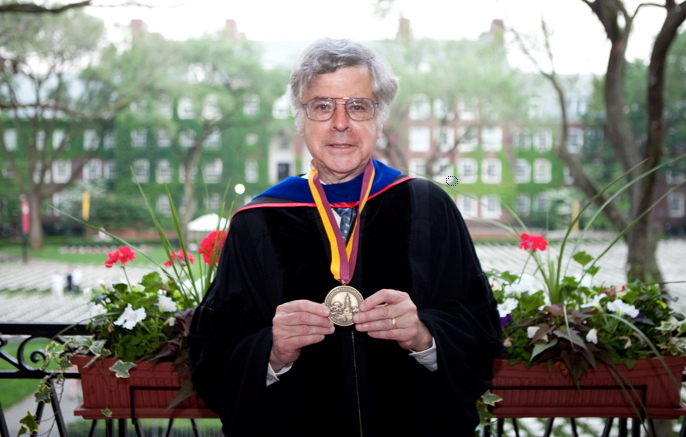Brooklyn-born scientist helped make Mars landing a reality

Screen%20Shot%202012-08-08%20at%204.01.57%20PM.png
When the “Curiosity” rover landed on Mars on Sunday night, delighting viewers worldwide with its parachute-aided landing, it was the culmination of an effort in which a Brooklyn-born scientist played a crucial role.
Joel Levine, a graduate of Jefferson High School and Brooklyn College, was on a panel of scientists and engineers who selected the various instruments that would go onto rover to collect information. Although he retired from NASA in July after 41 years, he still works closely with NASA in his capacity as a research professor at the College of William and Mary.
While NASA sent two earlier rovers, “Spirit” and “Opportunity,” to Mars in 2003, “This is the biggest spacecraft we’ve sent yet,” said Levine.